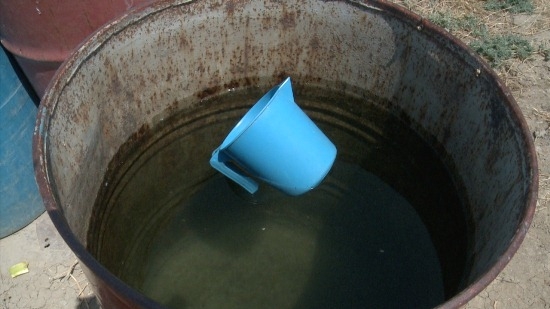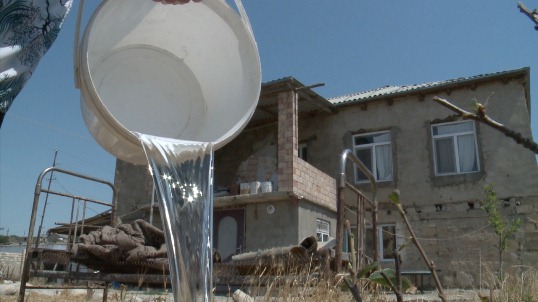The Challenges of Water
“Clean drinking water is a challenge for most parts of Azerbaijan,” says Qardashkhan Adiyev, who is supervising the water project in Siyazan. “People often drink from rivers, which isn’t always safe. But in this particular region, water wasn’t the problem, because of the pipeline to Baku. Getting water to the houses was the difficulty.”
The project is also working on a new wastewater treatment plant, which will produce water fit for irrigation. It has also, with new equipment, cut water losses in the system in half. And it is working to sort out metering, billing and the financial footing of the wastewater company, so it can sustain itself in the future. “This has been rewarding to me and my company,” says Nail Jabbarov, who is the head of construction, “because we know from old times water has been an issue here and bringing water to the people is a noble project.”
Tell that to Mrs. Badalova, who still cannot believe her good fortune. “I come back from work really tired and I need something nice at my house and now I can cook, I can bathe!” she says.
But, because the running water is so new, she still can’t dump out the several barrels, out in the yard, filled with warm, cloudy water. She’s trying, she says, but change, even good change, takes time.



